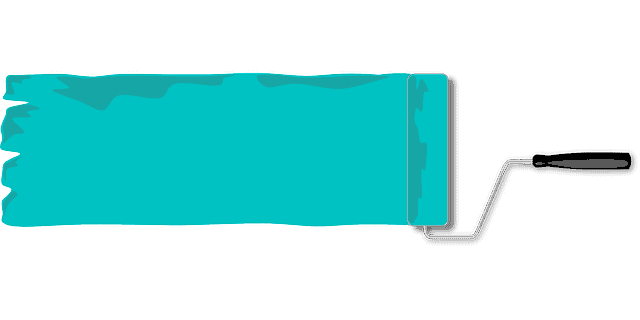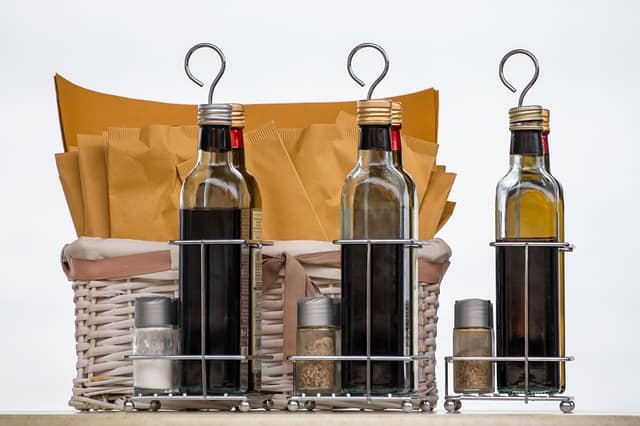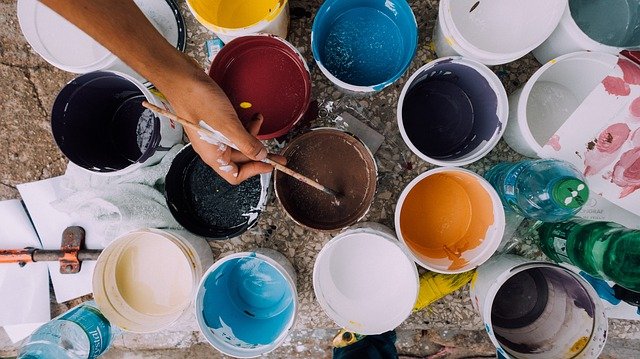Can You Clean Spray Gun With Water?
Have you ever wondered if you can clean a spray gun with water? You’re not alone! Many people have this question, and I’m here to provide you with a clear and straightforward answer.
After conducting thorough research, I’ll explain how to clean a spray gun using water and the necessary precautions to ensure proper maintenance and longevity. So, let’s dive in and learn the best practices for cleaning your spray gun.
The Answer: Yes, you can clean a spray gun with water. Water can be used to remove water-based paints, stains, and other water-soluble materials from the spray gun components.
However, it’s important to note that different types of spray guns may have specific cleaning requirements, and water might not be sufficient for all situations.
Understanding the Basics of Cleaning with Water
Cleaning a spray gun with water involves disassembling the gun and soaking its parts in water to remove any residual paint or coatings.
Water acts as a solvent for water-based materials, effectively breaking down the paint particles and making them easier to clean. This method is commonly used for water-based paints, latex paints, stains, and similar materials.
Here’s a step-by-step guide on how to clean a spray gun with water:
Step 1: Prepare the Spray Gun
Before starting the cleaning process, make sure to wear appropriate protective gear, such as gloves and safety glasses. Then, relieve any pressure from the spray gun by triggering it into a waste container until the pressure is fully released.
Step 2: Disassemble the Spray Gun
Carefully disassemble the spray gun, removing the nozzle, needle, air cap, and any other removable parts. Refer to the manufacturer’s instructions for proper disassembly, as each spray gun may have a slightly different design.
Step 3: Soak the Parts in Water
Fill a container or bucket with water and place all the removable spray gun parts in the water. Allow the parts to soak for a sufficient amount of time to loosen the paint or coating.
Step 4: Clean the Parts
After soaking, use a brush or a soft cloth to gently scrub the parts, ensuring all traces of paint are removed. For stubborn residues, you can use a small amount of mild soap or spray gun cleaner along with the water.
Step 5: Rinse and Dry
Once the parts are clean, rinse them thoroughly with clean water to remove any soap or cleaning solution. After rinsing, dry the parts with a lint-free cloth to prevent any water spots or rust formation.
Step 6: Reassemble the Spray Gun
Carefully put all the components back together, ensuring they are properly aligned and tightened according to the manufacturer’s specifications.
Important Tips and Precautions
- Not Suitable for All Paint Types: While water is effective for cleaning water-based materials, it may not be sufficient for cleaning oil-based paints, lacquers, or other solvent-based coatings. For such materials, it’s best to use the appropriate solvent recommended by the paint manufacturer.
- Thorough Cleaning is Essential: Proper cleaning is crucial for maintaining the performance and longevity of your spray gun. Failure to clean it thoroughly after each use can lead to clogging, uneven spray patterns, and reduced efficiency.
- Regular Maintenance: In addition to cleaning after each use, perform regular maintenance on your spray gun to ensure its optimal performance. This includes checking for worn or damaged parts, lubricating moving components, and adjusting the spray pattern as needed.
- Safety First: Always prioritize safety when cleaning a spray gun. Follow the manufacturer’s safety guidelines, wear appropriate protective equipment, and work in a well-ventilated area to avoid inhaling any fumes or vapors.
Cleaning with Water vs. Solvent-Based Cleaners
While water can be a cost-effective and eco-friendly option for cleaning water-based materials, solvent-based cleaners offer certain advantages for specific paint types.
Solvent-based cleaners are generally more effective in removing oil-based paints, lacquers, and other stubborn coatings. They can break down these materials more efficiently, making cleaning easier and faster.
However, solvent-based cleaners come with some downsides, such as being more hazardous to health and the environment. They also tend to be more expensive than water, and proper disposal of used solvents can be a concern.
As a general rule, always follow the paint manufacturer’s recommendations for cleaning agents and methods. If water is not sufficient for cleaning a particular paint type, invest in a high-quality, compatible solvent-based cleaner to ensure proper maintenance of your spray gun.
Common Questions about Cleaning a Spray Gun
1. Can I use soap instead of a spray gun cleaner?
Using mild soap, such as dish soap, in combination with water can be effective for cleaning water-based materials from a spray gun. However, for solvent-based paints and coatings, it’s best to use a specific spray gun cleaner recommended by the paint manufacturer.
2. How often should I clean my spray gun?
Cleaning your spray gun after each use is essential for preventing clogs and ensuring proper functioning. Neglecting regular cleaning can lead to performance issues and shorten the lifespan of your spray gun.
3. Can I clean the spray gun without disassembling it?
While it may be tempting to clean the spray gun without disassembling it fully, this approach is not recommended. Disassembling allows for thorough cleaning of all components, including hard-to-reach areas that can accumulate paint residues.
Conclusion
Cleaning a spray gun with water is possible and effective, especially for water-based materials. However, it’s crucial to identify the type of paint or coating you’re using and determine if water alone is sufficient for cleaning.
- Remember to always prioritize safety, follow manufacturer guidelines, and conduct regular maintenance to keep your spray gun in top-notch condition.
Whether you’re a professional painter or a DIY enthusiast, proper cleaning and maintenance of your spray gun will ensure consistent and efficient results, allowing you to tackle your painting projects with ease.
Ready to take on your next painting project? Remember to clean your spray gun with the appropriate method after each use for the best results. If you found this article helpful, stay tuned for more painting tips and tricks in our upcoming posts. Happy painting!





